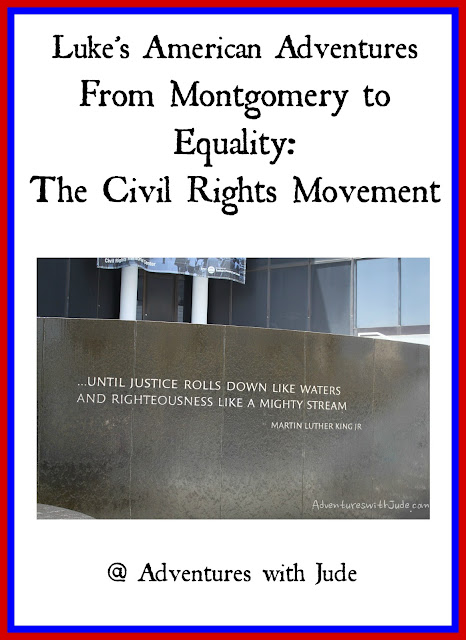The modern period of civil rights reform can be divided into several phases, each beginning with isolated, small-scale protests and ultimately resulting in the emergence of new, more militant movements, leaders, and organizations. The Brown v. Board of Education case overturned the Plessy v. Ferguson decision and demonstrated that the activist litigation strategy could undermine the legal foundations of southern segregationist practices. However, the strategy only worked when blacks, acting individually or in small groups, assumed the risks associated with crossing racial barriers. Thus, even after the Supreme Court declared that school segregation was unconstitutional, black activism was necessary to compel the federal government to implement the decision and extend its principles to all areas of public life rather than simply in schools. During the 1950s and 1960s, an increasingly massive and militant social movement of African-Americans brought about a broad range of social changes.
From a Montgomery Bus to the Lincoln Monument
The initial phase of the black protest activity in the post-Brown period began on December 1, 1955, in Montgomery, Alabama. Rosa Parks refused to give up her seat to a white bus rider, thereby defying a southern custom that required blacks to give seats toward the front of buses to whites. When she was jailed, a black community boycott of the city’s buses began in response. The boycott lasted more than a year, demonstrating the unity and determination of blacks in the city, and inspiring blacks elsewhere.
 |
| Rev. Dr. Martin Luther King, Jr. Public Domain, via Wikimedia |
King remained the principal spokesperson for black aspirations, but, as in Montgomery, it was little-known individuals who initiated most counter-culture movements. On February 1, 1960, four freshmen at North Carolina Agricultural and Technical College began a wave of student sit-ins designed to end segregation at southern lunch counters. These protests spread rapidly throughout the South and led to the founding of the Student Nonviolent Coordinating Committee (SNC), in April 1960. This student-led group, even more aggressive in its use of nonviolent direct action tactics than King’s SCLC, stressed the development of autonomous local movements in contrast to SCLCs strategy of using local campaigns.
 |
| "I Have A Dream" Public Domain, via Wikimedia Commons |
Although some whites reacted negatively to the spreading protests of 1963, King’s linkage of black militancy and idealism helped bring about the passage of the Civil Rights Act of 1964. This legislation outlawed segregation in public facilities and racial discrimination in employment and education. In addition to blacks, women and other victims of discrimination benefited from the act.
Selma to Montgomery
SCLCs protest strategy and SNCC’S organizing activities were responsible for major Alabama protests in 1965, which prompted President Lyndon B. Johnson to introduce new voting rights legislation. On March 7 an SCLC planned march from Selma to the state capitol in Montgomery ended almost before it began at Pettus Bridge on the outskirts of Selma when mounted police using tear gas and wielding clubs attacked the protesters. News accounts of “Bloody Sunday” brought hundreds of civil rights sympathizers to Selma.
 |
| March to Mongomery |
 |
| King and Malcolm X awaiting a press conference, 1964 Public Domain, via Wikimedia Commons |
The modern African-American civil rights movement transformed American democracy. Nearly 100 years after the Emancipation Proclamation, African Americans in Southern states still inhabited a starkly unequal world of “Jim Crow” laws. In 1954, the U.S. Supreme Court struck down the “separate but equal” doctrine, and in the turbulent decade and a half that followed, civil rights activists used nonviolent protest and civil disobedience to bring about change, including legislation such as the Voting Rights Act of 1965 and the Civil Rights Act of 1968. Many leaders from within the African American community and beyond rose to prominence during the Civil Rights era, including Martin Luther King, Jr., Rosa Parks, Malcolm X, and others. They risked—and sometimes lost—their lives in the name fulfilling the promise of the Declaration of Independence: “We hold these truths to be self-evident: that all men are created equal.”
 |
| The Civil Rights Memorial Engraved with the names of 41 people of all races who lost their lives fighting for equal rights Mongomery, Alabama |

©2012- 2016 Adventures with Jude. All rights reserved. All text, photographs, artwork, and other content may not be reproduced or transmitted in any form without the written consent of the author. http://adventureswithjude.com


No comments:
Post a Comment